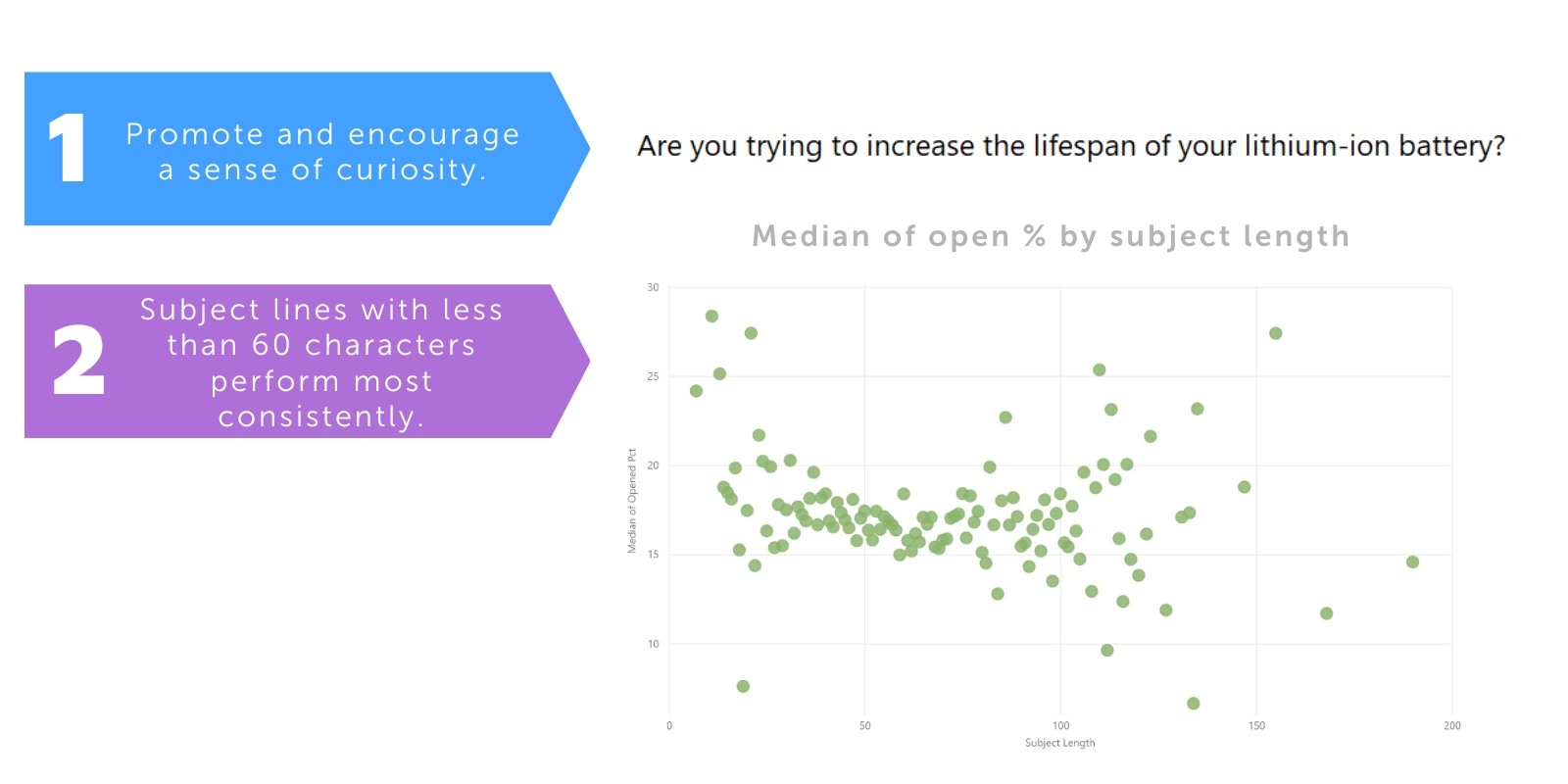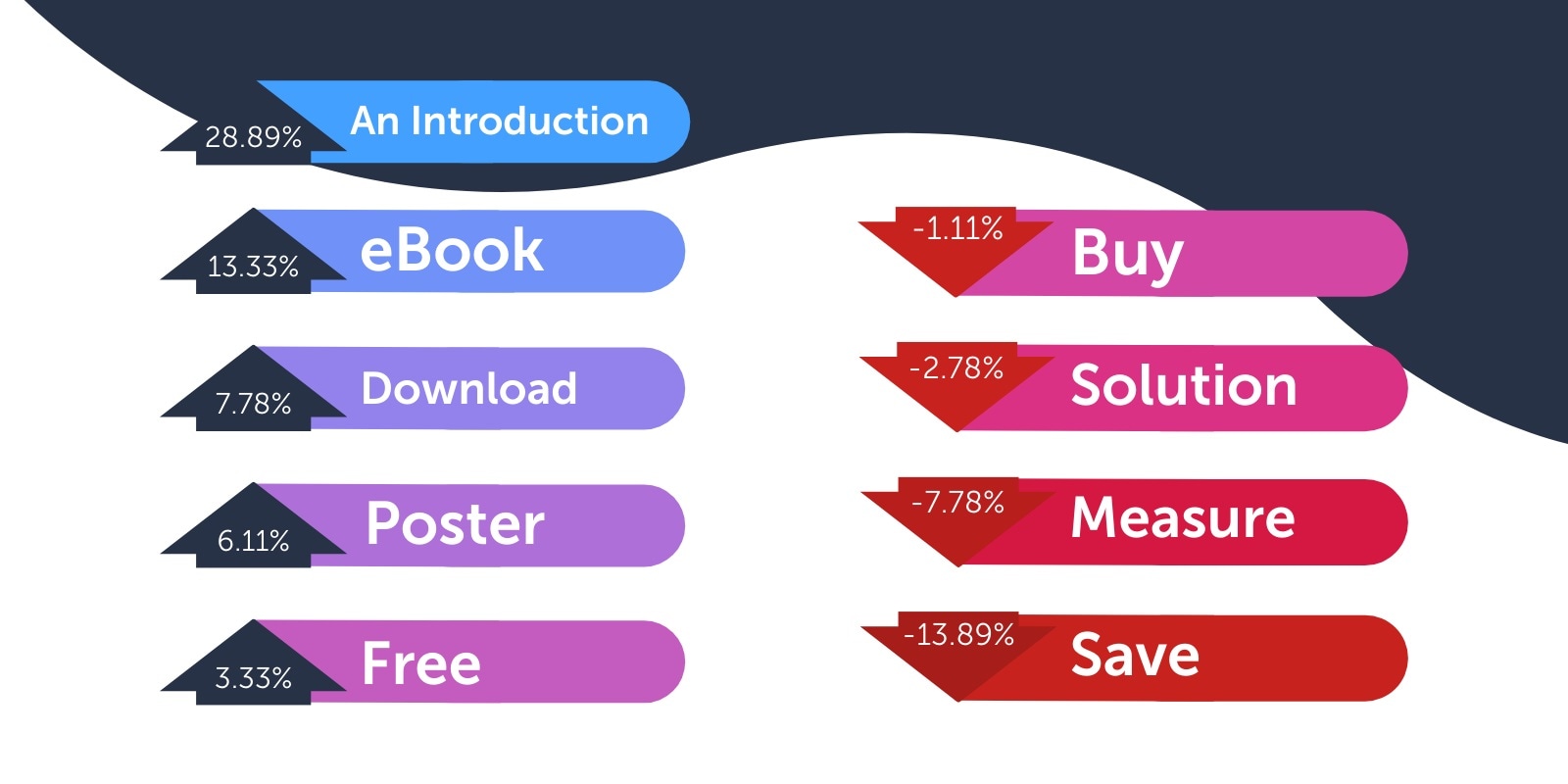.jpg)
Life science research constantly evolves, and keeping up with the latest developments can be challenging. Our subject-specific newsletters are a valuable tool for communicating important information for our life science subscriber base to stay ahead of the curve.
We produce 19 specific life sciences newsletter titles from our sites AZoLifeSciences and News-Medical. This blog will look at tips and strategies for creating engaging email content, taking a look at our life science newsletter statistics from the past 12 months.
AZoNetwork Life Science Newsletter’s headline stats: Average open rate of 21.57% and average content clicks per email of 154.77 over the past 12 months
For example, the context of those numbers with our Microbiology newsletter is that, on average, we sent the email to 33,599 recipients. Of those, 7,419 people open the email, giving brands exceptional exposure to a highly targeted audience and many take further action on our websites.
Open rates indicate that an email has successfully been delivered and viewed by the recipient but don’t reflect the level of engagement that the viewer has had. Our system records content clicks as link clicks to the content included in each newsletter.
Content clicks show a direct and specific level of engagement with the content, indicating that the recipient has found the content relevant and valuable.
Below shows our life science newsletter editions sent over the past 12 months with a high percentage of content clicks.
The subject line
A subject line is the first thing someone sees when receiving an email, and it can make or break their decision to open the email. If the subject line is not relevant or interesting to the subscriber, they may mark the email as spam or delete it without reading it.
Our research shows that including the Keyword at the start of the subject line had a positive impact on open rates:

When a subject line pushes a marketing goal, it often comes across as impersonal and salesy, which can turn off the recipient. A subject line tailored to the subscriber's interests and needs will create a sense of personal connection and relevance, leading to a higher open rate and a better response to the message.
Our email experts advise that you:
- Promote and encourage a sense of curiosity
- Keep subject lines to fewer than 60 characters as they perform most consistently - and bring your keyword to the front!
- Avoid pushy sales copy and gimmicky catchphrases that will turn the reader off
Our research shows that the word “eBook” increases open rates by 13.33%
Our research looked at the effect certain words have on the performance of customized email open rates, giving insight into which content types perform better.

Scientists are curious individuals who are constantly seeking new information and knowledge. They are often interested in learning about the latest developments in their field and appreciate resources that can help them do so. Your subscribers are all likely to be at different stages of their buying cycles, and these types of content offer a low barrier to entry. They can be accessed relatively easily and consumed quickly and at the subscriber’s pace.
eBooks, Application Notes, and Videos are all types of content that can satisfy scientists' senses of curiosity because they offer:
In-depth knowledge: eBooks provide comprehensive and detailed information on a specific topic, making them a valuable resource.
Practical insights: Application Notes offer valuable insights into real-world applications and solutions.
Visual learning: Videos offer a visual representation of information, which can be engaging and easier to understand than written text.
Offering valuable, relevant information that satisfies their curiosity, these types of content can foster a strong relationship between the scientist and sender and help to establish the sender as a trusted source of information.
Collated content
The ‘A Year in Review’ newsletter is a curated collection of the most popular articles published across the AZoNetwork sites over the year, each with a subject-specific theme. Curating a list of ‘top’ content can be engaging for several reasons:
Relevance: By highlighting the most popular content, the email shows the recipient what other people in their field are interested in and engaging with. This can help the recipient stay up-to-date on the latest developments and ensure they get all the vital information.
Trust: When an email highlights the most popular content, it shows that the sender is knowledgeable about what their audience is interested in and is committed to delivering valuable information.
Curiosity: By highlighting the most popular content, the email can tap into the recipient's natural curiosity and encourage them to explore the content for themselves. This can keep them engaged with the sender's content and foster a stronger relationship between the recipient and the sender.